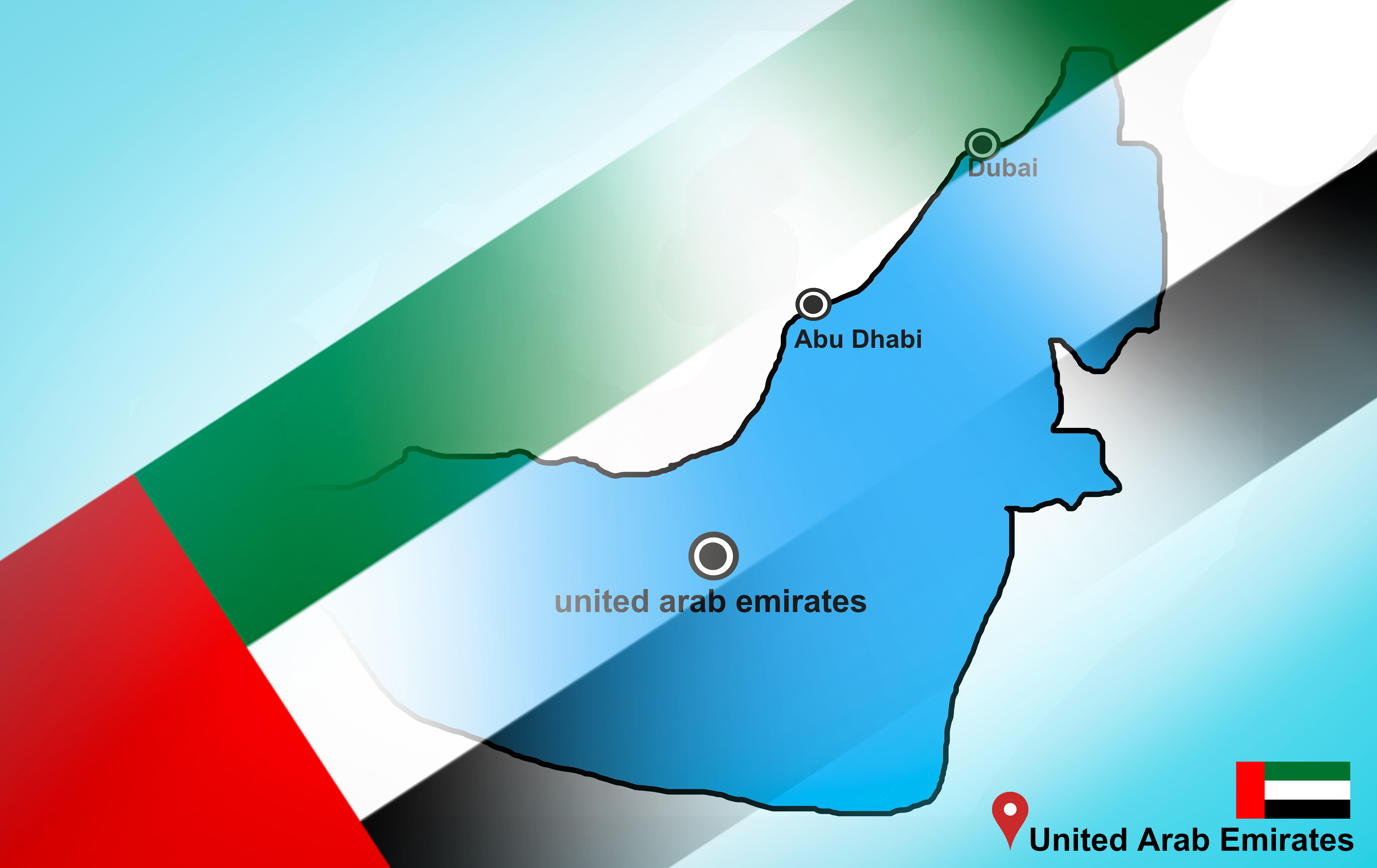The Persian Gulf region has become a hotbed for cyberattacks, with the United Arab Emirates (UAE) being the most targeted area in the Middle East. Russian security firm Kaspersky has reported that it has worked on 49 investigative reports related to 16 cyber gangs actively targeting the UAE since the start of the pandemic in 2020. In December 2020 alone, the UAE’s computer emergency response team, aeCERT, recorded 123,181 cyberattacks in the country. These attacks were predominantly carried out through malware (62%), exploits (31%), and phishing (7%). These statistics have raised concerns among UAE consumers about their cybersecurity welfare.
The increasing prevalence of cyberattacks in the Gulf can be attributed to several factors. Firstly, the region’s oil-rich economy makes it an attractive target for malicious actors seeking to disrupt critical infrastructures. Moreover, the Gulf countries, including the UAE, Saudi Arabia, and Qatar, have highly digitized populations, with 100% of their respective populations connected to the internet. This digitization push is driven by the countries’ plans to diversify their economies and become hyperconnected tech economies. For example, Dubai, part of the UAE, is aiming to become the global leader in artificial intelligence (AI) by 2031 and has already implemented blockchain technology in its government operations. Saudi Arabia is constructing “Neom,” the world’s smartest city, which will utilize advanced technologies such as AI and robot drivers.
However, the Gulf countries are not blindly venturing into the world of digitization. They are aware of the cybersecurity risks that come with increased connectivity and are taking proactive measures to protect their digital assets. These countries have been developing robust cyber-resilience frameworks and promoting cooperation between the public and private sectors to strengthen their cybersecurity defenses. Dubai and Saudi Arabia, for example, have modeled their cyber centers after the UK’s National Cyber Security Centre (NCSC) and sought consultation from British experts.
These efforts have paid off, as evidenced by the high rankings achieved by Saudi Arabia and the UAE in the International Telecommunications Union’s Global Cybersecurity Index 2020. Saudi Arabia ranked second and the UAE fifth out of 194 countries worldwide. This recognition of their cybersecurity capabilities has positioned the Gulf countries as leaders in the region and has created a golden opportunity for global cybersecurity vendors.
According to business consultants Frost & Sullivan, the Middle East’s cybersecurity market is projected to be worth $31 billion by 2030, with a compound annual growth rate of nearly 20% over the next seven years. Saudi Arabia, with over 60% market share, is the largest market, followed by the UAE. These countries are at the forefront of regional cybersecurity, driving advancements in regulation, technological innovation, workforce development, and cyber strategies.
In conclusion, the Persian Gulf region, particularly the UAE, has experienced a surge in cyberattacks due to its high-value vulnerabilities and thriving digital economy. The Gulf countries are actively working to enhance their cyber-resilience and cybersecurity capabilities, recognizing the need to protect their critical assets and maintain a secure digital environment. This focus on cybersecurity presents a significant opportunity for global vendors in the growing Middle East cybersecurity market.


